So, life on the PTO (parent teacher organization) Board is getting more exciting. School begins next month, and we are planning our first events.
However, I still have a huge problem. I don't know what to do.
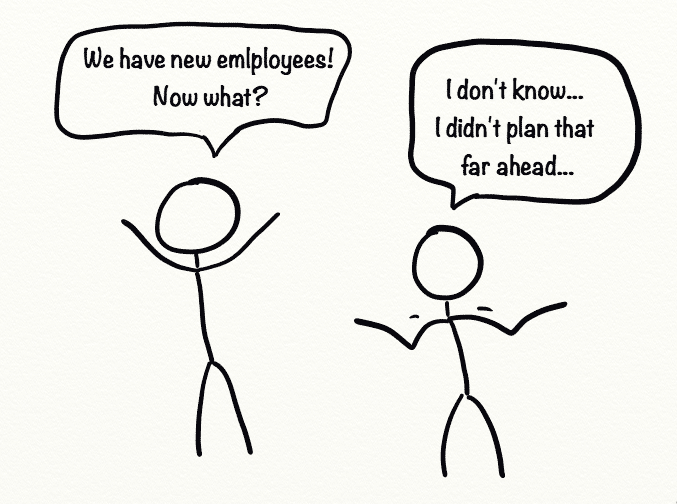
I wouldn't be writing about my experience as a PTO treasurer if it didn't apply to you.
But I know it applies to you.
It applies to every business and every nonprofit, great or small.
Whether you are hiring new employees, bringing on more volunteers, or rolling out new cloud systems...
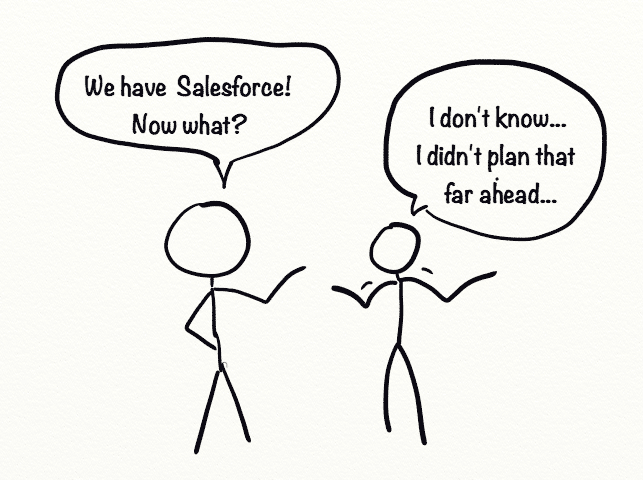
We like to bring on new assets without a clear idea of what those assets are actually going to do. And instead of making a clear path, we put up roadblocks.
For this blog post, we're just going to talk about people, and how we make jobs harder than they need to be when we aren't clear on what people are supposed to do.
As a volunteer treasurer, my job has now been made 10x more difficult because there is no clear process for what I'm supposed to do. I'm expected to invent new procedures and figure things out, even though this job has been done for over 7 years by others.
When we do this to employees and volunteers, it's like asking a bunch of friends to come help you move before you've actually packed everything into boxes. When everyone shows up to your house to load the truck, their work is slowed down because nothing is ready to go.
They were supposed to just move boxes from your house to the truck--a job that should be finished in under an hour. But now they are packing boxes, throwing away trash, and taking apart bunk beds while you are running around trying to figure out how to orchestrate the chaos.
None of the prep work was done beforehand to help your friends do what you called them over to do. Which makes your friends frustrated ("This took way too long") and it makes you frustrated ("Why is everybody just sitting around?").
So, what prep work needs to be done before you ask volunteers to be treasurers, hire new employees, or roll out Salesforce?
I'm glad you asked.
Behavior is made up of 3 things
First, let's talk about behavior. According to BJ Fogg, your behavior is made up of 3 things.
A trigger...
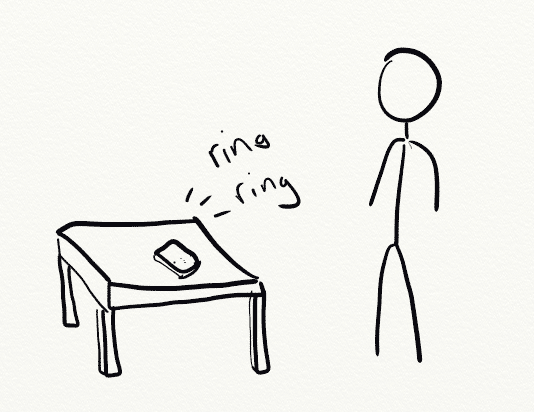
...motivation...
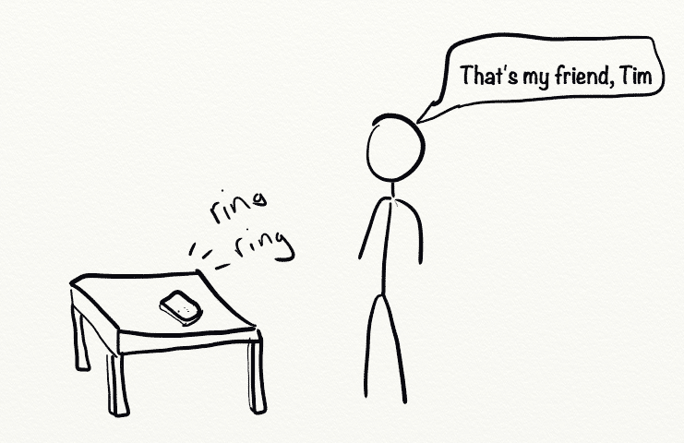
...and your ability to respond.
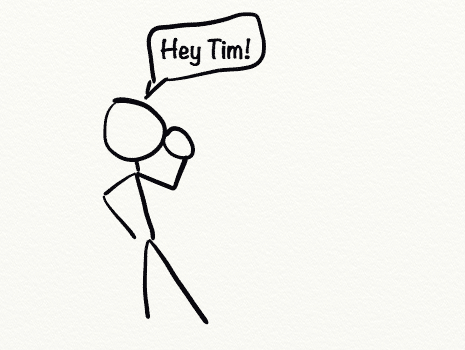
Take away any of those, and you won't see behavior change much (if at all).
Take away the trigger
For example, take away the trigger, and you won't get a response. You might be motivated (it's your friend Tim calling you), and you might have the ability (the phone is right next to you), but you never heard the trigger (the phone is on silent and doesn't ring). So you can't act.

Take away the motivation
Take away your motivation, and you won't get behavior change. You hear the trigger, you're able to act, but you don't have any motivation to act.
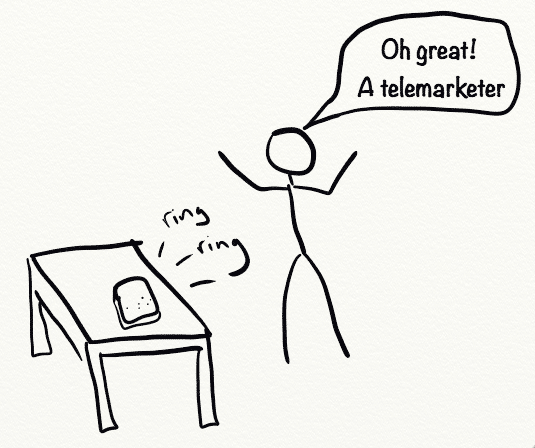
Take away the ability
Take away your ability, and you won't exhibit certain behaviors. You hear the trigger, you have motivation, but you're not able to do anything about it.
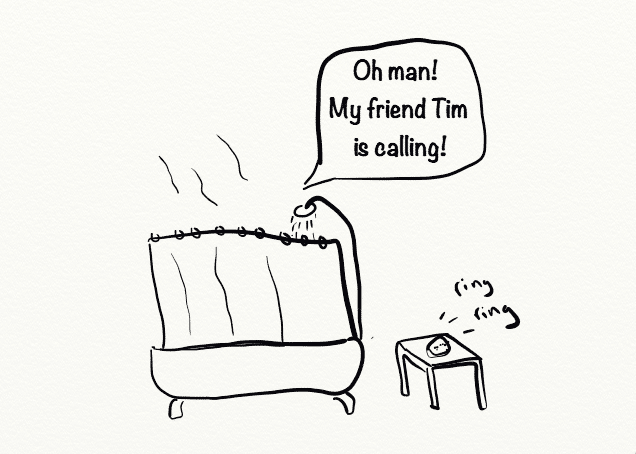
The Right Kind of Motivation
When we think of motivation, we typically think of phrases like this...
"We're going to have a great year! We've just got to think positive and do our best."
Or something like this...
"This new CRM is going to help us be #1 in North America!"
But motivation is different than just saying, "You can do it!" When you think of motivation as it pertains to Salesforce training, I want you to think of it like this—buy-in.
You need users to buy in to the idea that what they are doing is good. That what you are showing them is a better way.
Buying into an idea takes understanding and agreement.
Connect the dots for your users
A simple formula for getting buy-in is to discuss the problem everyone is familiar with, and then presenting the solution.
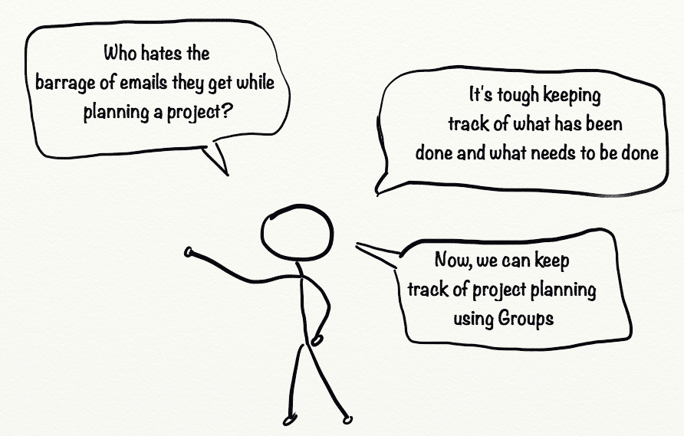
Just make sure that you present problems that actually exist in the workplace (you can find this out by listening to what your coworkers are saying), and your solution actually addresses those problems.
Explain The Triggers
As the new PTO Treasurer, I have motivation. It's mostly out of peer pressure, but I do have some drive to do my job right.
But, as we saw above, motivation is not enough. I also need to understand the triggers—and right now, I have no idea which triggers I'm supposed to pay attention to, nor do I know if I'm able to hear all of the triggers that are going off.
Looking at the calendar of events, I see a lot of information. I assume that something is happening, but I'm not sure what it is or whether I'm supposed to react.
Maybe I'm involved, maybe I'm not?
Also, how do I know that all of the triggers are reaching my ears (or eyes)?
I don't. Things could be falling apart and I have no idea.
Triggers in the workplace
This happens a lot in the office, too. Employees respond to triggers all day long without realizing it. The trouble is that when a new employee is hired, nobody explains what the triggers actually are.
Emails come through. Phone calls happen. But new employees aren't sure what these "noises" actually are.
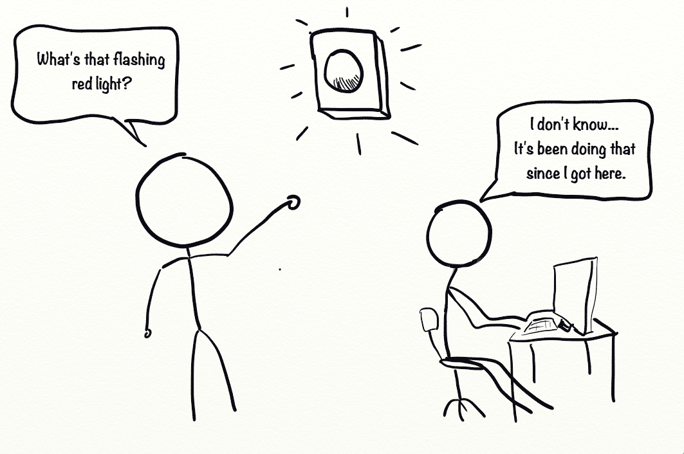
Train users on the triggers
Instead of showing 150 slides that walk through features of Salesforce, or focus on motivating employees to "kill it" and be "rockstar ninjas", it would be wise to focus on 15 common triggers.
"You get a phone call from a customer asking where their order is."
That's a trigger that requires some kind of action.
"You need to send out a newsletter."
Yep, that's a trigger.
"You feel bored after lunch."
You guessed it--that's a trigger.
"You show up to work in the morning and login."
That's also a trigger.
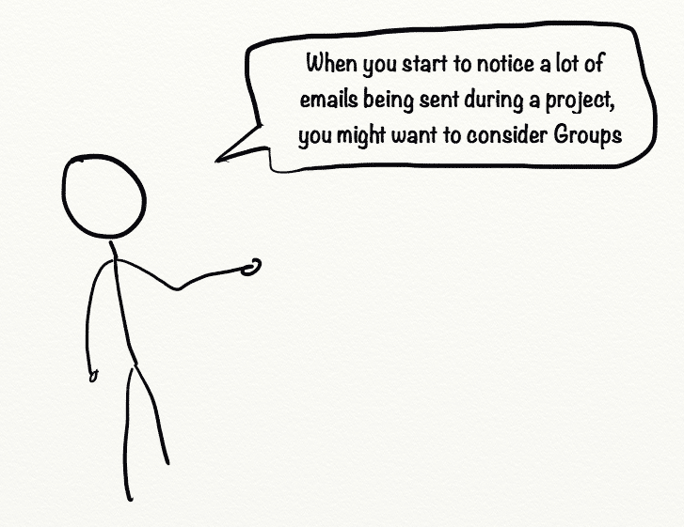
Triggers can be external cues (customer calls in) or internal cues (you feel bored after lunch). And your new employees experience them all day—they just may not realize what they are.
So it's up to you to teach them.
Increase Their Ability
Even if I know what the triggering events are for a PTO Treasurer, I'm not sure what the series of actions needs to be.
Which means I'm not able to do anything.
For example, on the calendar I see "Book Fair" and I'm pretty sure that will be a triggering event—somebody is going to need to do something to collect money.
But, what is it that needs to be done?
I have no idea.
And since I don't know the routine that follows the trigger, that decreases the liklihood of me actually doing the right thing because now the task exceeds my current ability. Even if it's a simple task (which most tasks usually are), I'm going to have to exert a lot of energy to figure out how to do my work.
My motivation can make up for a lack of ability for a little while. But over time, if I keep having to perform beyond my ability, I'll get tired. And at some point I'll just stop.
Paving a path makes me more able.
Routines in the workplace
When it comes to Salesforce training, increasing a user's ability isn't too difficult.
Users don't need to understand relational databases. They don't need to understand how Objects are connected (at least at first). All they need to know, and want to know, is how to do the routine.
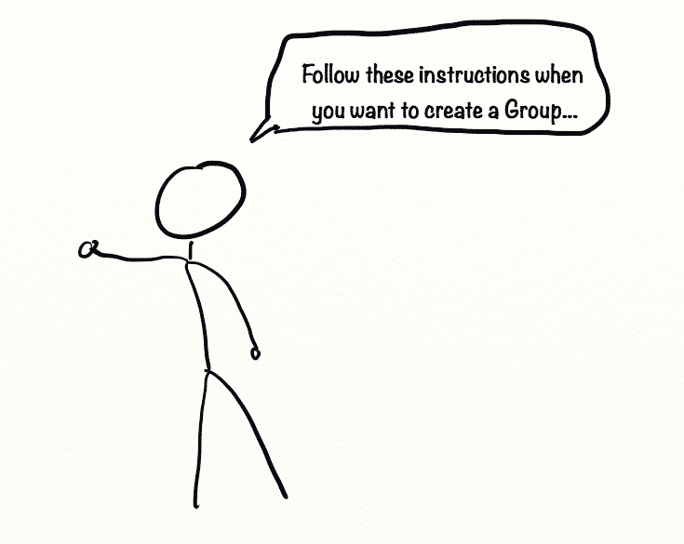
It's not too different than learning how to drive a car. I don't really care how all of the engineering works to make a left-hand turn. I just need to know the routine:
- Hit the blinker
- Gently accelerate
- Turn the steering wheel
I don't know how electricity works to make the blinker flash. I don't know how the pistons are moving to accelerate. And I don't understand how that tiny wheel turns two heavy tires with such ease.
But I don't need to know those things. I just need the routine. And by knowing the routine, my ability increases.
In the case of Salesforce training, all you need to do is provide clear instructions for how to respond to the various triggers that are going of during the workday.
Increase the chances of success
Right now, the previous PTO board drastically decreased my chances of being a successful treasurer. There was very little prep work done before bringing me on board.
Hopefully, my motivation will last long enough to establish my own set of triggers and create my own routines.
But you can't expect your users to do all of this on their own.
Do a little prep work before you bring on new-hires and before you roll out Salesforce.
Figure out how Salesforce is going to help your employees address the existing problems they face today, and explain it to them so they understand and agree (this will motivate them).
Figure out the times and circumstances that users will need to use Salesforce to do their job, and focus on these during training (this will help them recognize the triggers).
Figure out the simple routines users will follow and write them down so users can easily respond to those triggers (and increase their ability).
When users have proper motivation, and they understand the triggers, and they are able to respond to those triggers, you are more likely to see a behavior change.
But take away any of those 3, and you drastically decrease your chances of successfully rolling out Salesforce or onboarding new users.
If you're not sure how, request a free consultation and we'll work through it together.

